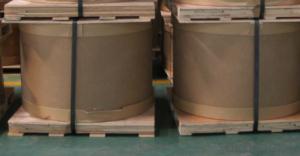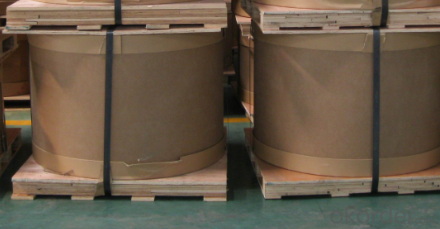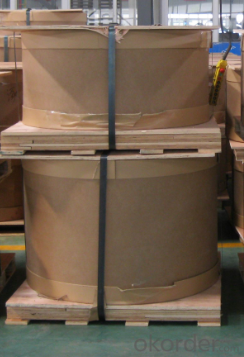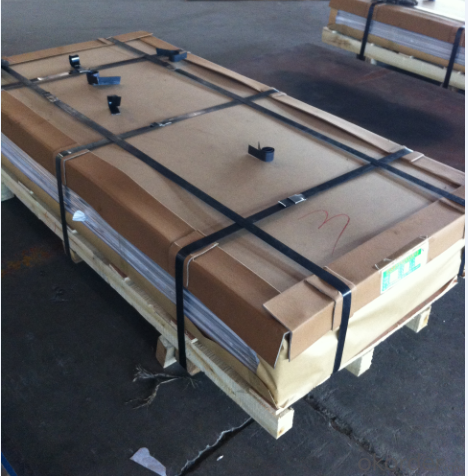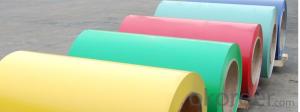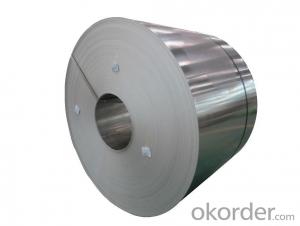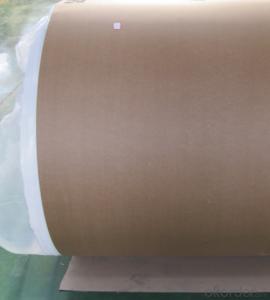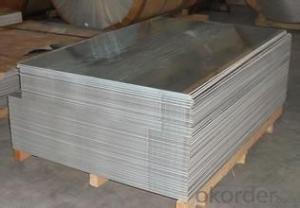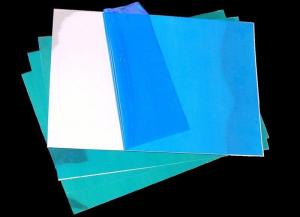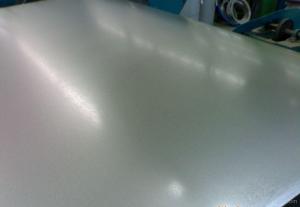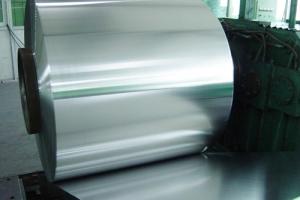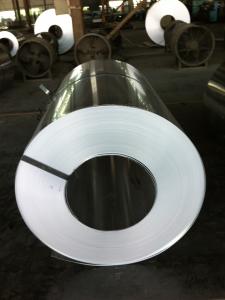1100-H24 Aluminum Metalized Pet Sheets 0.5 Mm - Aluminum Sheet and Slab
- Loading Port:
- Shanghai
- Payment Terms:
- TT OR LC
- Min Order Qty:
- 10 m.t
- Supply Capability:
- 3000 m.t/month
OKorder Service Pledge
OKorder Financial Service
You Might Also Like
1.Structure of Product Description
The detailed grade are as follows: 1010, 1050,1060,1100, 2024, 3003, 3005, 3105, 5052,5754,5083,6061,6063,8011, etc.
The temper is include H14, H22, H24, H44,H112,H114,etc.
2. Main features of the product
a.Competitive price
b.Frist-Class Service.
c. Shortest service.
3. Image.
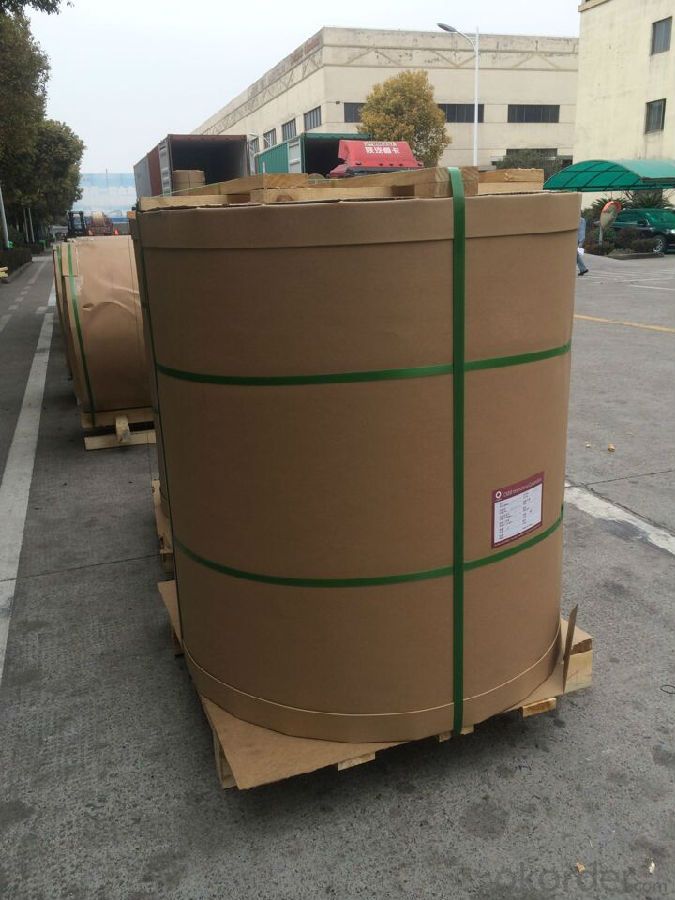
4.Product detailed sizes:
1000mm*2000mm,1500mm*3000mm, etc.
5. FAQ:
What is the quality standard?
---Usually our standard is GB3880-2006 or others.
What is the width range?
---It is from 1000mm to 2500mm, etc.
What is the length range:
---It is from 2000mm to 6000mm, etc.
- Q: Can aluminum sheets be soldered?
- Soldering aluminum sheets is indeed possible, but it necessitates specific techniques and materials. Due to its high thermal conductivity and low melting point, traditional soldering methods pose a challenge when working with aluminum. Nevertheless, specialized soldering techniques, like the utilization of flux and a soldering iron with a high temperature, can successfully solder aluminum. Furthermore, a particular type of solder known as aluminum solder or aluminum flux-cored solder is essential, as regular solder does not adhere well to aluminum surfaces. Thoroughly cleaning the aluminum surface before soldering is crucial to ensure a sturdy bond. In summary, although soldering aluminum sheets may be more intricate compared to other metals, it is achievable with the appropriate tools, materials, and techniques.
- Q: Is the value of specific heat capacity of aluminium higher or lower than the standard value? Why?
- Aluminum Specific Heat Capacity
- Q: why does the bubble apear a few minutes later after putting aluminum sheet into dilute sulphuric acid?
- it firstly etches off the oxide on the surface of aluminum, and then reacts with aluminum, generating bubble.
- Q: Do aluminum cans melt in typical campfires? I know the melting point is about 660 Celsius but do campfires get that high? I thought it would just be that the can becomes disfigured and collapses due to the heat, not due to it melting. Even if it did melt in the fire how would you find the remains? The can in a liquid form would certainly not be confined to one part of the fire and therefore wouldn't solidify in a small pool to see if it had melted or not. Any ideas?
- Campfires would not get that hot. However, even if they were hot enought, the aluminum in the can would not melt. It would oxidize before it had a chance to and turn into a white powder that migles among the ashes.
- Q: How do you prevent oil or grease stains on aluminum sheets?
- One effective way to prevent oil or grease stains on aluminum sheets is to apply a protective coating or finish. This can be done by using a specialized oil-resistant sealant, such as a clear lacquer or anodizing the aluminum. Additionally, maintaining a clean and dry surface, regularly wiping away any spills or residue, and using non-greasy or oil-free tools and equipment can help minimize the chances of stains occurring.
- Q: What are the different methods of surface protection for aluminum sheet?
- To enhance the durability and resistance of aluminum sheet against external factors, there are several methods of surface protection that can be employed. One method commonly used is anodizing, which involves an electrochemical process that creates a thick oxide layer on the aluminum surface. This provides corrosion resistance, improves wear resistance, and allows for customizable colors through the use of dyes. Another technique is powder coating, where a dry powder is applied to the aluminum surface and then heated to form a durable and protective layer. Powder coating offers excellent resistance against chemicals, UV rays, scratches, and provides a wide range of color options. Laminating is also utilized to protect aluminum sheets by applying a thin layer of protective film to act as a barrier against scratches, dirt, and moisture. This method is commonly used for temporary protection during transportation or storage. Chemical conversion coating is another method employed to protect aluminum surfaces. It involves treating the aluminum with a chemical solution to create a thin protective layer. This coating enhances corrosion resistance and improves paint adhesion. Clear coating can be applied to aluminum sheets to provide a protective layer without changing the appearance of the metal. These coatings can be either solvent-based or water-based, offering resistance against corrosion, scratches, and UV rays. Lastly, mechanical finishes such as brushing or polishing can be used to protect aluminum surfaces. These finishes create a smooth and visually appealing surface while providing some level of protection against corrosion and wear. In conclusion, the different methods of surface protection for aluminum sheet offer varying levels of durability, corrosion resistance, and aesthetic options depending on specific requirements and applications.
- Q: Are aluminum sheets suitable for electronic components?
- Yes, aluminum sheets are suitable for electronic components. Aluminum is commonly used in the production of electronic components due to its excellent conductive properties, lightweight nature, and high thermal conductivity. It is often utilized in circuit boards, heat sinks, and enclosures for electronic devices.
- Q: What are the different grades of aluminum sheet?
- The market offers a variety of aluminum sheet grades, each possessing unique properties and applications. Some notable grades are as follows: 1. Grade 1100: Renowned for its exceptional resistance to corrosion and high thermal conductivity. It finds common usage in chemical equipment, reflectors, heat exchangers, and electrical conductors. 2. Grade 3003: This grade contains manganese, rendering it highly resistant to corrosion. It is frequently employed in cooking utensils, storage tanks, and architectural trim. 3. Grade 5052: Exhibits good formability and high fatigue strength. It is frequently utilized in marine applications such as boat hulls and components, as well as in aircraft fuel tanks and structural parts. 4. Grade 6061: Distinguished by its excellent strength-to-weight ratio and favorable machinability. It is commonly employed in automotive parts, bicycle frames, and structural components. 5. Grade 7075: Possesses exceptional strength and toughness, making it suitable for aerospace applications, including aircraft wings and fuselage structures. Every aluminum sheet grade possesses unique characteristics and is selected based on specific application requirements. Factors such as corrosion resistance, strength, formability, and machinability should be carefully considered when determining the appropriate grade.
- Q: Are aluminum sheets suitable for boat building?
- Yes, aluminum sheets are suitable for boat building. Aluminum is a popular material choice for boat construction due to its numerous advantageous properties. Firstly, aluminum is lightweight, which makes it easier to handle and transport during the boat building process. This lightweight characteristic also contributes to better fuel efficiency and improved overall performance of the boat. Additionally, aluminum is highly resistant to corrosion, especially in saltwater environments, making it an ideal choice for boat building. This resistance to corrosion ensures that the boat remains durable and maintains its structural integrity for a longer period of time, even when exposed to harsh weather conditions. Furthermore, aluminum sheets offer excellent strength-to-weight ratio, providing a sturdy and reliable structure for the boat. This strength allows the boat to withstand the forces encountered while sailing, ensuring a safe and enjoyable experience for the occupants. Moreover, aluminum is a versatile material that can be easily molded and shaped into various boat designs. This flexibility allows for customization and the creation of unique boat designs that meet specific requirements and preferences. Lastly, aluminum is a sustainable and environmentally friendly material. It is fully recyclable, reducing the environmental impact of boat building and promoting a greener approach to marine construction. In conclusion, aluminum sheets are indeed suitable for boat building due to their lightweight nature, corrosion resistance, strength, versatility, and eco-friendliness.
- Q: What are the advantages of using aluminum sheets?
- Aluminum sheets offer numerous benefits for various applications. To begin with, their lightweight nature makes them easy to transport and handle. This makes them particularly suitable for industries where weight plays a crucial role, such as aerospace and automotive sectors. Moreover, aluminum sheets possess exceptional corrosion resistance properties. They have a natural resistance to rust and can endure harsh environmental conditions, including moisture, chemicals, and UV rays. As a result, they are highly durable and long-lasting, reducing the need for frequent maintenance and replacements. Additionally, aluminum sheets are highly malleable and can be easily shaped into different forms and sizes. This flexibility allows for customization and versatility in design, enabling manufacturers to create intricate structures and products. Furthermore, aluminum sheets exhibit remarkable thermal and electrical conductivity. They effectively dissipate heat and conduct electricity, which makes them well-suited for applications in the electrical, heating, and cooling industries. Another advantage of utilizing aluminum sheets is their aesthetic appeal. Aluminum has a sleek and contemporary appearance, making it a popular choice for architectural and interior design projects. It can be effortlessly painted or coated to achieve various colors and finishes, further enhancing its visual allure. Lastly, aluminum is a sustainable material. It is fully recyclable and can be repeatedly melted and reformed without losing its properties. This makes aluminum sheets an environmentally friendly option, contributing to waste reduction and a lower carbon footprint. In conclusion, the advantages of employing aluminum sheets include their lightweight nature, corrosion resistance, malleability, thermal and electrical conductivity, aesthetic appeal, and sustainability. These qualities make aluminum sheets the preferred material for numerous industries and applications.
Send your message to us
1100-H24 Aluminum Metalized Pet Sheets 0.5 Mm - Aluminum Sheet and Slab
- Loading Port:
- Shanghai
- Payment Terms:
- TT OR LC
- Min Order Qty:
- 10 m.t
- Supply Capability:
- 3000 m.t/month
OKorder Service Pledge
OKorder Financial Service
Similar products
Hot products
Hot Searches
Related keywords
